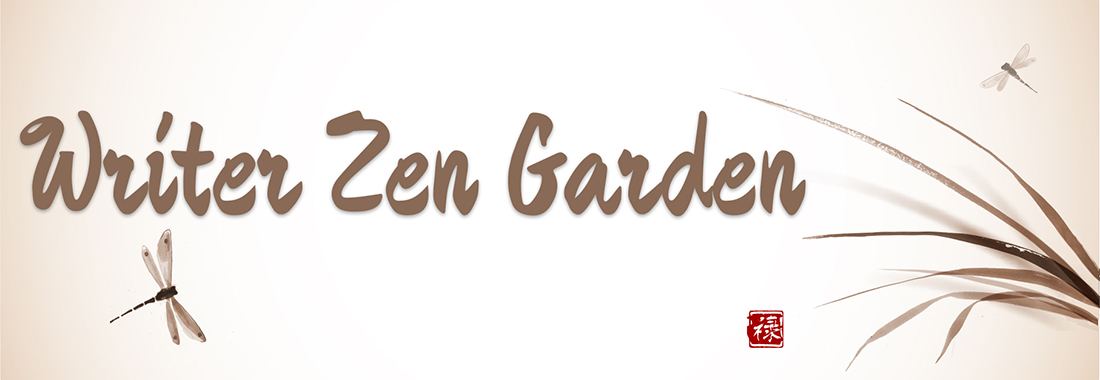An Alternative to Xanax
Writing can serve as a path to the self. In troubled or stressful times, we need this more than anything, but our society’s advice is to avoid the problem – take a pill, a powder, and do anything but face it head on. As news of Prince’s death trickles out, and his possible addiction to prescription medication, it’s become even more apparent to me that we are a nation addicted to drugs – legal and prescription drugs are just as bad, in some cases, as the street variety. There were over 25,000 deaths from prescription medications in 2014 alone, according to Drug Abuse.gov (1).
I am not a doctor. I’m aware that if someone requires medication for their life, then by all means, take it. But there are alternatives that we can use to supplement medications and, in some cases, supplant them. For me, writing has provided some of the best psychological assistance in dealing with childhood trauma that I have found in my arsenal. So, too, has qualified psychological care by a licensed provider; exercise; and a steady, healthy diet. But it’s writing that I wanted to talk about today.
When we write, we begin a dialog with ourselves in a way that we cannot in other mediums. And by “write,” I mean literally putting pen to paper. Studies have shown we access different parts of the brain when we handwrite vs. use a keyboard, and some theorize that using a keyboard is “cross-hemispheric,” meaning using both sides of the brain simultaneously, and therefore is fundamentally different than using just one side of the brain by using the right or left hand to write.
I have kept up a pretty constant journal since about 1986, and in bits and pieces before that. It’s safe to say I’ve written all my life. I wrote my first story at the age of nine. But I didn’t truly encounter my own story, for myself and by myself, until after forty. This is not uncommon, I’m told, for child abuse survivors, because our stories are coopted by our abusers. In my case, family complicity and tolerance compounded the problem, because if I tried to speak about what was happening, I was punished for being “mean,” or told that I didn’t understand how much my parents loved me and how hard they worked for me. And when it came time to talk about me and the family, the narrative was always the same.
In journaling, though, I gradually began to hear glimmers of truth from myself. I’d seen them my whole life, but was scared of them. This, too, is common to trauma survivors. Sometimes the truth is too terrifying to admit, too terrifying to even speak much less write. But as I began to tell my own story, and to realize the official story was a lie, an interesting thing started to happen: my PTSD symptoms lessened. PTSD doesn’t go away entirely, not ever; it fundamentally changes the person who has it. But we can learn to cope with it, and to develop mechanisms that help us to minimize stress and normalize our daily round. For me, writing served as a gateway to that new self.
What startled me was the fact I was terrified of this new self. I’m told this, too, is normal among trauma survivors. We’re taught that our selves are scary, bad, or any of a number of other things; none of which are accurate but to a child’s mind, they take on the weight of Truth. We learn to internalize this abuse and become self-abusers as we become adults, perpetuating what was done to us as children. Journaling serves as a kind of mirror for this behavior, allowing us to peel away those layers and to reveal the self within. In my case, that process has taken forty years. I’m not done yet. But what I’ve learned is this:
Keep writing. Trust the words. Trust time. Tell your truth, if to no one else than yourself. Write what you See. Story is God.
Write on.
Resources
“Overdose Death Rates,” National Institutes of Health, National Institute on Drug Abuse; December 2015, from the following link, accessed 04/28/2016.
Your Life As Story, Tristine Rainer
The New Diary, Tristine Rainer
Life’s Companion: Journal Writing as a Spiritual Quest, Christina Baldwin
What It Is, Lynda Barry

